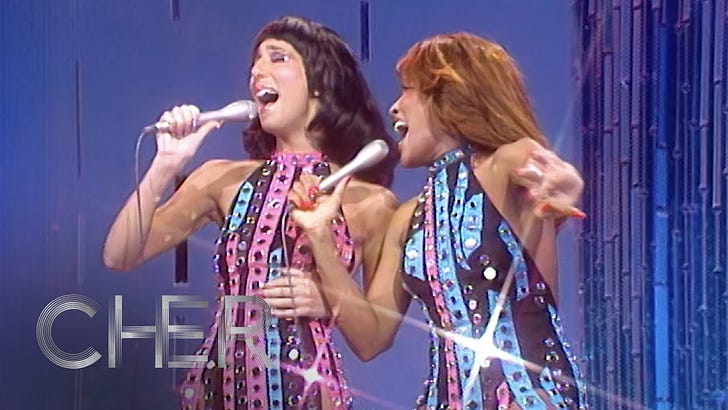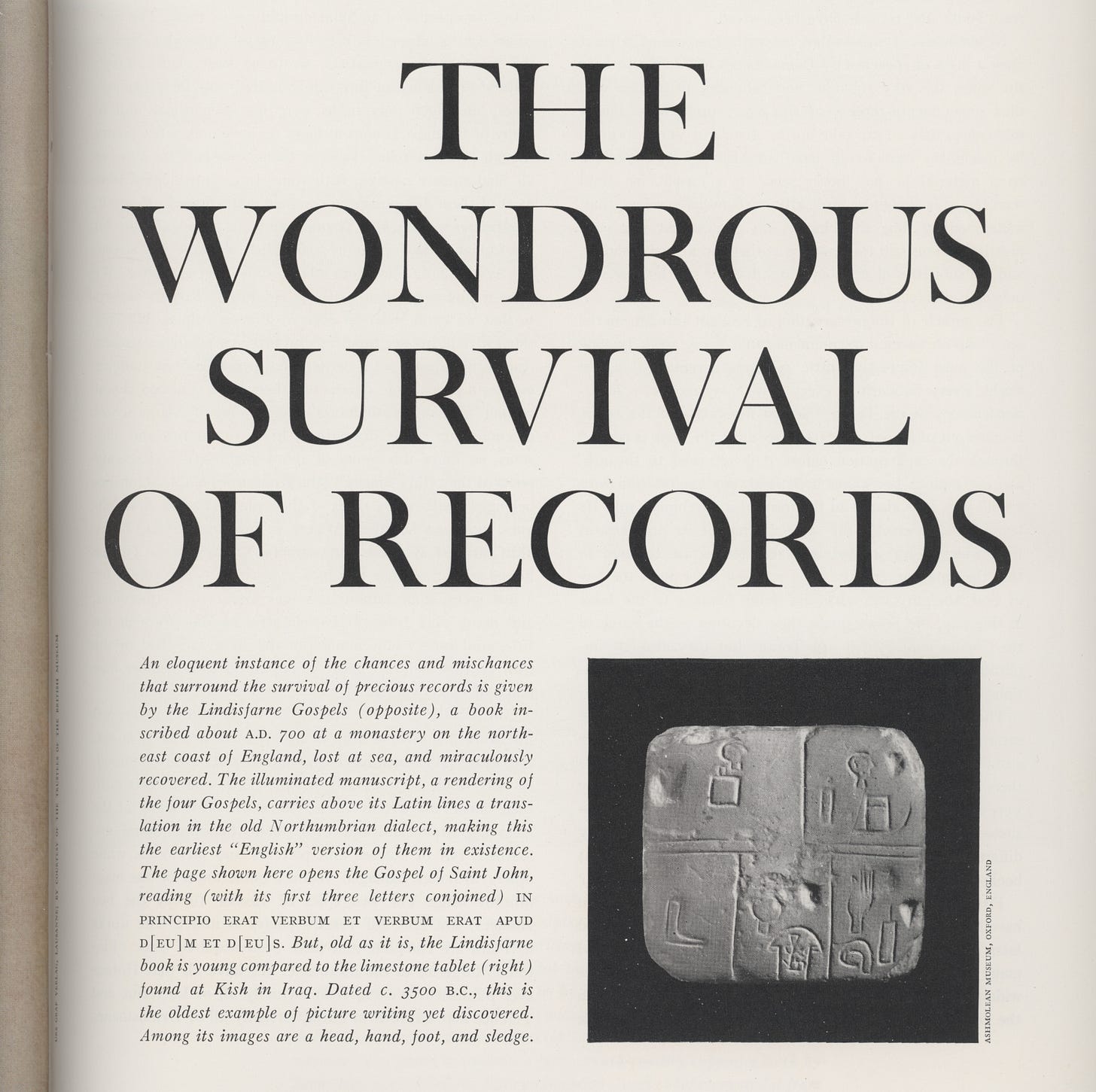Happy Tuesday!
No media rounded up since last year…Ha!…Well that drought is over. There will be a Points West Rerun later this week, and a return to the 2-3 Roundups per month pace, too.
So much to look forward to!
1/ The Power Broker’s Typography
(was done by Philip Grushkin. The book was published in 1976)
“Heavy is the tote bag of she who reads Bob Caro.” Where better to start than timelessly relevant ancient wisdom?
The Power Broker is holding the line as the best book I’ve ever read, and it is also just an excellent object to have around. The paperback (which let’s say I’m borrowing from the halls of the UO History Department) measures 6” x 9” x 1.75”, and comes in at about 3.5 lbs. Its 1246 numbered pages are well spent, with what I’d call “darn small” text (see below).
To complement Caro’s writing would be redundant. To overlook the charm of this book as object would be foolish. The use of type in particular really ties together the form and function of the brick. The bold, searing red of the serif typeface used on cover and spine made itself known in countless background bookshelves during covid. The (standard black) text within, though, is also incredibly striking!
Following the index is a section of “PHOTO CREDITS”, and at the end is the line “Design by Philip Grushkin”, whose NYT obituary has some eye-catching lines:
“His life was literally books, said his son, Paul”
“Hand-lettering was his mantra and muse. A computer, he argued, obliterated all that felt alive.”
“Yet, he was an invisible presence, his work evident only to a book's author, the publisher's editorial and design staff, the printer and the bindery.”
Reading the ole PB, the “presence” of Grushkin’s elite visual skill is quite visible.
2/ Tina Turner on The Cher Show
(broadcast on April 27, 1975)
About a year and a half before The Power Broker was published, the Queen of Rock n Roll made a colossal appearance on The Cher Show, then in its inaugural season. Turner begins the performance. Cher strides onstage with an unbelievable shriek after about 40 seconds, and the two of them are, as a British radio station put it “absolutely stonking”.
3/ “Once They Were Pets. Now Giant Goldfish Are Menacing the Great Lakes”
(written by Livia Albeck-Ripka for the NYT, published on December 8)
In the tone of a Parks & Recreation plotline, we have this article. I laughed so hard I almost broke my laptop right there on nytimes.com. The (selectively quoted) highlight reel:
Inside a fishbowl, the goldfish — a species of carp native to East Asia, bred for aesthetic delight and traditionally believed to bring good fortune — is hardly more than home décor. Usually just a few inches long, it is among the easiest of pets to keep.
But released into the wild, the seemingly humble goldfish, freed from glass boundaries and no longer limited to meager meals of flakes, can grow to monstrous proportions.
Their football-shaped bodies can swell to a size that makes them too large a meal for predators — up to about 16 inches long. “A fish would have to have a really big mouth to eat it,” she said.
To track the goldfish, the researchers captured and sedated 19 of the larger adults and surgically implanted tags the size of AA batteries into their bellies.
Eight of the fish died, but the remaining 11 led Ms. Boston and her colleagues to find that the fish tended to spend the winter in deep waters and moved to shallower habitats by spring, where they prepared to spawn.
People wrongly believe that because goldfish are “small and cute” they won’t pose a problem when released into the wild, said Dr. Ricciardi. “It’s the ‘Free Willy’ syndrome.”
4/ “The Wondrous Survival of Records”
(by Gilbert Highet, published in Volume V, Number 2 of Horizon: A Magazine of the Arts, from November, 1962)
Here lies another effective combination of visual and verbal. The focus of this essay is the enduring magic of books and other printed texts—lacing its visual components with a bit of irony. But the V/V combo certainly works! The author even includes his personal “most-wanted list” of texts he longs (”hear me, Jupiter!”) to be discovered.
My copy of Horizon is treasure trove in of itself, enhancing the essay’s very argument! The publication ran from 1958 to 1989, and this one is part of the “anomalous volume V that had eight issues.”
Shoutout to treasured Roundup reader Zoe for this gift.







